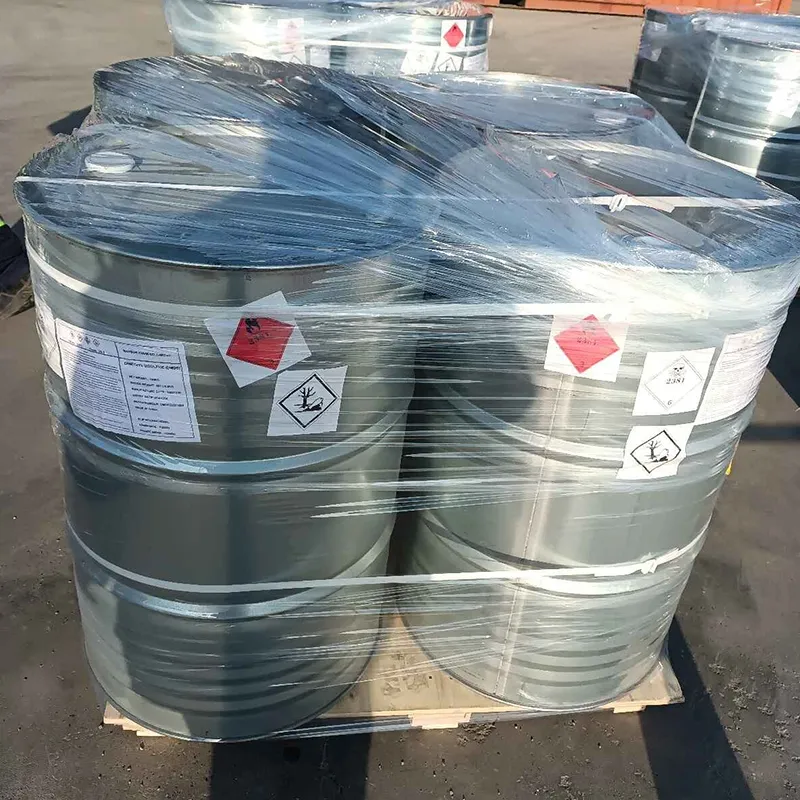
flavor enhancers list
Understanding Flavor Enhancers A Comprehensive Overview
Flavor enhancers play a crucial role in the culinary world, serving to amplify the natural flavors of food and create a more enjoyable eating experience. Often found in a variety of processed foods, these additives can significantly impact the taste profile without drastically altering the other characteristics of the food. This article delves into the world of flavor enhancers, highlighting their types, uses, and potential health considerations.
What Are Flavor Enhancers?
Flavor enhancers are substances that enhance the existing flavors of food, making them more pronounced and appealing. Unlike flavorings, which introduce new flavors, enhancers work by intensifying the taste sensations of the food already present. Common examples include monosodium glutamate (MSG), potassium glutamate, and yeast extracts. These substances are typically used in small amounts, yet they can have a profound effect on the overall flavor experience.
Types of Flavor Enhancers
1. Monosodium Glutamate (MSG) One of the most well-known flavor enhancers, MSG is a sodium salt of glutamic acid. It is commonly used in Asian cuisine and processed foods because it amplifies umami, the savory taste, and balances the other flavors.
2. Yeast Extracts Derived from the brewing industry, yeast extracts are rich in amino acids, nucleotides, and certain B vitamins. They have a natural umami flavor and are often used in soups, sauces, and snack foods to provide depth and complexity.
3. Hydrolyzed Vegetable Proteins These are produced through the hydrolysis of plant proteins, breaking them down into smaller peptides and amino acids that enhance flavor. They are commonly found in packaged soups, sauces, and frozen meals.
4. Autolyzed Yeast Extract Similar to yeast extracts, autolyzed yeast extract undergoes a process that breaks down the yeast cells. This enhances the savory flavors, making it popular in a variety of savory products.
flavor enhancers list

5. Savoury Flavor Compounds These include a range of compounds and extracts from natural sources, such as mushrooms, celery, and tomato, which impart a deep flavor profile to food.
Uses of Flavor Enhancers in Food
Flavor enhancers are widely utilized in the food industry. They make processed foods more palatable and are especially prevalent in items such as snacks, instant noodles, canned soups, and sauces. The appeal lies not only in improving flavor but also in reducing the need for excessive salt and sugar, thereby making food a more balanced experience.
They also play a role in catering to consumer preferences. In an age where consumers demand bold flavors and quick meal solutions, flavor enhancers provide a convenient way to meet these needs without extensive cooking or preparation time.
Health Considerations
While flavor enhancers can improve taste and satisfaction, there has been ongoing debate regarding their health implications. Some individuals may experience sensitivity to MSG, leading to symptoms often referred to as Chinese restaurant syndrome, though extensive research has not definitively linked MSG to severe health issues in the general population. Nevertheless, as with any additive, moderation is key; over-reliance on flavor enhancers can lead to imbalances in diet and a diminished appreciation for natural flavors in food.
Conclusion
Flavor enhancers are indispensable in modern food preparation, allowing for the enhancement of flavors to suit contemporary palates. Understanding their types, uses, and potential health effects can empower consumers to make informed choices about the foods they eat. As the culinary landscape continues to evolve, flavor enhancers will likely remain a staple in our kitchens and processed foods, shaping how we experience taste for years to come.
-
Understanding Synthetic Rubber OptionsNewsApr.27,2025
-
Trichloroisocyanuric Acid: Essential for Clean and Safe WaterNewsApr.27,2025
-
Sodium Dichloroisocyanurate: Key to Safe Water TreatmentNewsApr.27,2025
-
Sodium Acid Pyrophosphate: Essential in Modern Food ProcessingNewsApr.27,2025
-
Essential Water Treatment ChemicalsNewsApr.27,2025
-
Denatured Alcohol and Its Industrial UsesNewsApr.27,2025
-
The Versatile Uses of Sodium BicarbonateNewsApr.24,2025
Hebei Tenger Chemical Technology Co., Ltd. focuses on the chemical industry and is committed to the export service of chemical raw materials.
-

view more DiethanolisopropanolamineIn the ever-growing field of chemical solutions, diethanolisopropanolamine (DEIPA) stands out as a versatile and important compound. Due to its unique chemical structure and properties, DEIPA is of interest to various industries including construction, personal care, and agriculture. -

view more TriisopropanolamineTriisopropanolamine (TIPA) alkanol amine substance, is a kind of alcohol amine compound with amino and alcohol hydroxyl, and because of its molecules contains both amino and hydroxyl. -

view more Tetramethyl Thiuram DisulfideTetramethyl thiuram disulfide, also known as TMTD, is a white to light-yellow powder with a distinct sulfur-like odor. It is soluble in organic solvents such as benzene, acetone, and ethyl acetate, making it highly versatile for use in different formulations. TMTD is known for its excellent vulcanization acceleration properties, which makes it a key ingredient in the production of rubber products. Additionally, it acts as an effective fungicide and bactericide, making it valuable in agricultural applications. Its high purity and stability ensure consistent performance, making it a preferred choice for manufacturers across various industries.











